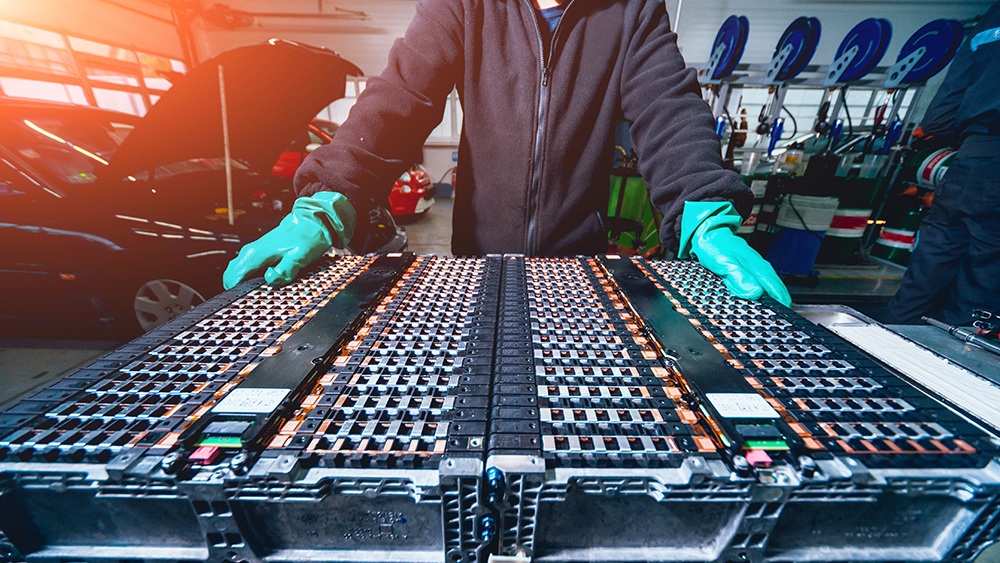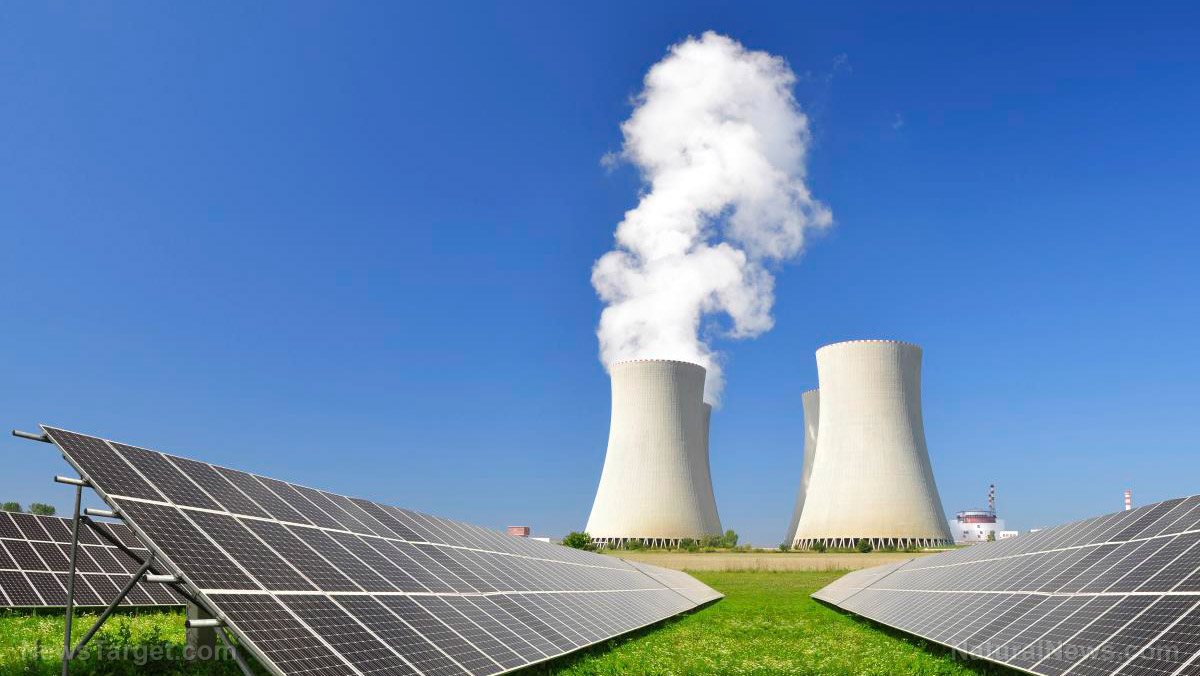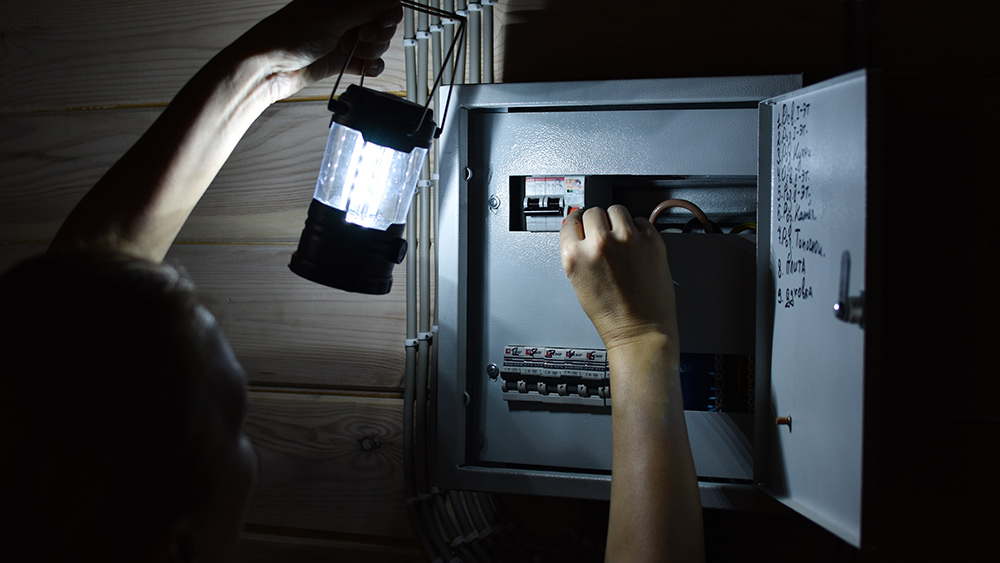 Parler
Parler Gab
Gab
- China’s CATL unveiled its first mass-market sodium-ion battery, dubbed the "salt battery," with an energy density of 175 Wh/kg — matching lithium iron phosphate (LFP) performance while offering superior safety, cold-weather resilience and lower costs.
- Sodium is abundant, cheaper (1-3% the cost of lithium) and avoids reliance on conflict-prone lithium/cobalt supply chains. It also reduces fire risks and performs well in subzero temperatures, making it ideal for global markets.
- South Korea’s battery giants (LG, Samsung SDI, SK On) face pressure to pivot from nickel-cobalt-manganese (NCM) batteries due to rising material costs and CATL’s cost-effective sodium alternative, forcing them to explore LFP and low-nickel NCM variants.
- While NCM batteries dominate the U.S. (93.3% market share in 2023), sodium-ion’s affordability could threaten mid-tier EVs. The Inflation Reduction Act’s mineral sourcing rules add complexity, pushing allies like South Korea to balance compliance with cost competitiveness.
- Sodium-ion technology could democratize EV access, diversify supply chains and accelerate the energy transition — though scalability hurdles remain. CATL’s move signals a strategic shift, challenging lithium’s dominance and forcing global players to adapt or risk obsolescence.
Why sodium supplants lithium — cost, safety and global reach
The sodium-ion battery’s promise lies in its simplicity and abundance. Sodium, a component of common salt, is far less volatile than lithium and cobalt. According to data from CATL, sodium costs mere 1-3% of lithium’s price, bypassing the geopolitical tin-cans tied to lithium mining in conflict-prone regions such as the Democratic Republic of Congo or Bolivia. “This technology democratizes access to EV batteries,” said an analyst at Samsung Securities, underlining sodium’s role in reducing reliance on scarce resources. Environmental benefits come into play: Sodium-ion cells pose minimal fire risks compared to lithium, addressing a major safety concern for automakers. Additionally, sodium maintains stable charge rates in subzero temperatures, a feature critical for markets such as North America and Europe. While CATL’s battery lags behind high-nickel lithium cobalt manganese (NCM) batteries’ 300 Wh/kg density, its 175 Wh/kg output matches LFP’s range, positioning it as a formidable competitor in budget-conscious markets. The timing of CATL’s announcement couldn’t be more strategic. As the world accelerates toward net-zero targets, EV adoption hinges on cost-effective solutions. “Sodium-ion bridges affordability and sustainability without compromising on performance,” said CATL CEO Zeng Yuqun at the Shanghai event.South Korea’s lithium-laced dilemma — pivot or perish?
The news struck fear into South Korea’s battery giants — LG Energy Solution, Samsung SDI and SK On — who rely heavily on NCM batteries for premium EVs. These high-energy batteries dominate markets demanding long-range vehicles, like the U.S., but face supply chain headwinds due to rising nickel prices and U.S. trade policies. CATL’s sodium invasion has forced Korean manufacturers to recalibrate. While ramping up lithium iron phosphate (LFP) production to counter China’s low-cost sector, they’re also doubling down on NCM variants with lower nickel content. By slashing nickel use to 50-70%, companies like LG aim to retain performance without sacrificing costs. “NCM remains our bread and butter,” said Jang Jung-hoon, an analyst at Samsung Securities, noting Korean firms must “balance affordability with technological leadership.” Yet, the pressure mounts. CATL’s government-backed R&D, which dwarfs its rivals’, could fast-track sodium-ion adoption. Analysts project sodium may undercut LFP prices, squeezing margins for Korean producers already juggling rising material costs. Industry data from SNE Research reveals that NCM’s global market share dipped to 46.7% in 2024, but optimistic forecasts predict a rebound to 60.9% by 2030 — a statistic dependent on costly advancements.The U.S. battery cold war — NCM, trade laws and the nickel crunch
In the U.S., where rugged SUVs and pickup trucks reign, NCM’s density advantage makes it king of the road. The 2023 market saw NCM batteries hold 93.3% of U.S. EV market share, compared to LFP’s 5.3% sliver. The Inflation Reduction Act (IRA), which incentivizes batteries with minimal foreign minerals — namely Chinese ones — is elevating NCM’s profile. However, sodium-ion’s rise adds a twist. U.S. allies like South Korea are now racing to blend cost and compliance. SK On’s $2.9 billion deal with Jeff Bezos-backed EV startup Slate epitomizes this strategy. SK On CEO Seok-hee Lee emphasized “delivering reliable, high-quality batteries,” while ensuring alignment with IRA mandates to sidestep Chinese components. Yet sodium threatens to complicate this calculus. While analysts doubt sodium will disrupt NCM’s premium stronghold, its lower cost could lure automakers seeking mid-tier EVs. This dual dynamic — sodium undercutting LFP and nickel’s price volatility — has Korean firms squeezed on both ends.A sustainable future? Sodium’s role in global energy transition
Beyond marketshare battles, sodium-ion points to a broader shift. Its heavy reliance on readily available sodium could help diversify supply chains, mitigating risks of resource bottlenecks. For developing nations, sodium’s accessibility could leapfrog reliance on lithium and cobalt, democratizing the EV revolution. Still, challenges persist. Sodium-ion batteries require specialized electrolytes and cathode designs, posing scalability hurdles. “This isn’t a silver bullet,” conceded Zeng Yuqun. “It’s a step toward a mosaic of energy solutions.”Sodium’s ripple effects – a new playbook for EV dominance
CATL’s sodium-ion “salt battery” isn’t just a product launch — it’s a strategic masterstroke that pressures global players to innovate or crumble. South Korea’s pivot to LFP underscores the fragility of tech leadership, while the U.S.’s NCM preference reveals raw supply chain politics. Semiconductor-style alliances aim to counter China’s dominance, but sodium’s rise shows market forces may favor competition as much as cooperation. As batteries evolve, the race is no longer just about energy density or cost — it’s about agility. Whether sodium becomes a bridge to future technologies or a permanent colossus in the market, one truth is clear: the days of lithium’s global monarchy are numbered. The next chapter of the EV revolution will be written in salt and strategic acumen. Sources for this article include: SodiumBatteryHub.com InterestingEngineering.com DigiTimes.comChina’s DeepSeek AI sparks global tech race fears amid claims of revolutionary breakthrough
By Willow Tohi // Share
Renewable energy leader Denmark mulls reversal of its decades-old nuclear power ban
By Ramon Tomey // Share
Health Ranger demonstrates real-time reality alteration through crystallography experiments
By Finn Heartley // Share
Texas advances bill to block land sales to citizens and entities from hostile nations
By Laura Harris // Share
Governments continue to obscure COVID-19 vaccine data amid rising concerns over excess deaths
By patricklewis // Share
Tech giant Microsoft backs EXTINCTION with its support of carbon capture programs
By ramontomeydw // Share
Germany to resume arms exports to Israel despite repeated ceasefire violations
By isabelle // Share










